3 Inch PVC Cap: In-Depth Guide
Table of Contents
- Introduction
- Specifications and Features
- Dimensions
- Material Composition
- Durability and Strength
- Applications and Uses
- Plumbing Systems
- Irrigation Systems
- HVAC and Ventilation Systems
- Installation and Maintenance
- Installation Process
- Maintenance Tips
- Advantages of PVC Caps
- Cost Efficiency
- Corrosion Resistance
- Lightweight and Easy Handling
- Comparison with Other Materials
- PVC vs. Metal Caps
- PVC vs. CPVC Caps
- Safety and Compliance
- Safety Guidelines
- Regulatory Compliance
- Conclusion
1. Introduction
The 3-Inch PVC Cap is a crucial component designed to seal the end of a 3-inch PVC pipe. It plays a significant role in various piping systems by providing a secure closure that prevents the leakage of fluids or gases and protects the pipe’s internal surfaces from contaminants and damage. Made from high-quality Polyvinyl Chloride (PVC), the 3-inch cap is valued for its durability, ease of installation, and cost-effectiveness. It is extensively used in plumbing, irrigation, and HVAC systems due to its reliability and versatility.
2. Specifications and Features
Dimensions
The 3-Inch PVC Cap features an internal diameter of 3 inches, designed to fit snugly over the outside diameter of a 3-inch PVC pipe. The cap typically has an external diameter slightly larger than 3 inches to facilitate ease of handling and installation. Its depth is crafted to cover the end of the pipe completely, ensuring a secure and tight seal.
Material Composition
Constructed from high-grade PVC, the 3-Inch Cap benefits from the material’s inherent properties of rigidity, chemical resistance, and durability. PVC is a thermoplastic material known for its ability to withstand various environmental conditions while maintaining structural integrity. The smooth interior surface of the cap ensures a snug fit over the pipe, while the exterior is designed to resist impact and wear.
Durability and Strength
PVC is renowned for its resistance to corrosion, rust, and chemical degradation. The 3-Inch PVC Cap is engineered to handle moderate pressure and environmental conditions without compromising its structural integrity. This durability ensures long-term performance and reliability, making it an ideal choice for various applications where a robust seal is necessary.
3. Applications and Uses
Plumbing Systems
In plumbing systems, the 3-Inch PVC Cap is used to close the end of a 3-inch PVC pipe, effectively sealing it and preventing leaks. It is commonly utilized in residential and commercial plumbing applications to cap off unused or open pipe ends. This maintains the system’s efficiency and prevents contaminants from entering the pipes, thereby ensuring optimal performance.
Irrigation Systems
In irrigation systems, the 3-Inch PVC Cap is employed to seal the ends of irrigation pipes. This helps direct water flow to specific areas while preventing leaks and protecting the pipe ends from debris. The cap’s resistance to water and chemicals makes it well-suited for irrigation setups, where durability and reliability are essential.
HVAC and Ventilation Systems
In HVAC (Heating, Ventilation, and Air Conditioning) systems, the 3-Inch PVC Cap is used to close off the ends of ventilation ducts and pipes. This ensures proper air pressure and prevents dust and debris from entering the system. The cap’s corrosion resistance and strength make it a suitable choice for various HVAC applications.
4. Installation and Maintenance
Installation Process
Installing a 3-Inch PVC Cap is a straightforward process:
- Preparation: Ensure the end of the pipe is clean and free from debris. The pipe should be cut squarely to ensure a proper fit.
- Fitting the Cap: Place the cap over the end of the pipe. The cap is designed to fit snugly and securely without the need for additional adhesives.
- Securing the Cap: Press the cap onto the pipe until it is firmly in place. For applications requiring a more permanent seal, apply PVC cement around the pipe’s edge before placing the cap.
Maintenance Tips
PVC caps generally require minimal maintenance. Regular inspections should be conducted to check for signs of wear, such as cracks or looseness. If any damage is observed, the cap should be replaced promptly to ensure continued system integrity. Additionally, avoid exposing PVC caps to extreme temperatures or harsh chemicals that could impact their performance.
5. Advantages of PVC Caps
Cost Efficiency
PVC caps are highly cost-effective compared to metal or composite alternatives. Their affordability makes them a popular choice for various projects, both small and large-scale. The initial low cost combined with their durability provides significant long-term value.
Corrosion Resistance
One of the key benefits of PVC caps is their resistance to corrosion and rust. Unlike metal caps, PVC caps do not degrade when exposed to moisture or chemicals, ensuring long-lasting performance and reliability.
Lightweight and Easy Handling
PVC caps are much lighter than metal options, making them easier to handle and install. This characteristic simplifies the installation process and reduces labor costs, particularly in extensive or complex systems.
6. Comparison with Other Materials
PVC vs. Metal Caps
Metal caps, such as those made from brass or steel, offer high strength but are more prone to corrosion and are generally more expensive. PVC caps, including the 3-Inch model, provide a cost-effective, corrosion-resistant alternative with adequate strength for most applications.
PVC vs. CPVC Caps
Chlorinated Polyvinyl Chloride (CPVC) caps are designed for higher temperature applications. While CPVC caps can handle higher temperatures, PVC caps are typically more economical and suitable for standard temperature applications.
7. Safety and Compliance
Safety Guidelines
When handling PVC caps, it is essential to use appropriate safety gear, such as gloves and safety glasses, to protect against sharp edges and potential chemical exposure during installation. Always adhere to the manufacturer’s instructions for safe handling and installation practices.
Regulatory Compliance
The 3-Inch PVC Cap complies with industry standards and regulations, including ASTM (American Society for Testing and Materials) specifications. This compliance ensures that the cap meets quality and performance standards for its intended applications.
8. Conclusion
The 3-Inch PVC Cap is a versatile and essential component for sealing PVC pipes in various systems, including plumbing, irrigation, and HVAC. Its durable construction, ease of installation, and cost-effectiveness make it a reliable choice for many applications. By understanding its specifications, advantages, and maintenance requirements, users can ensure optimal performance and longevity of their piping systems.





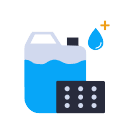
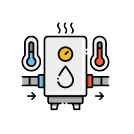





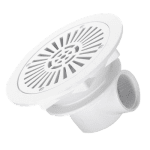





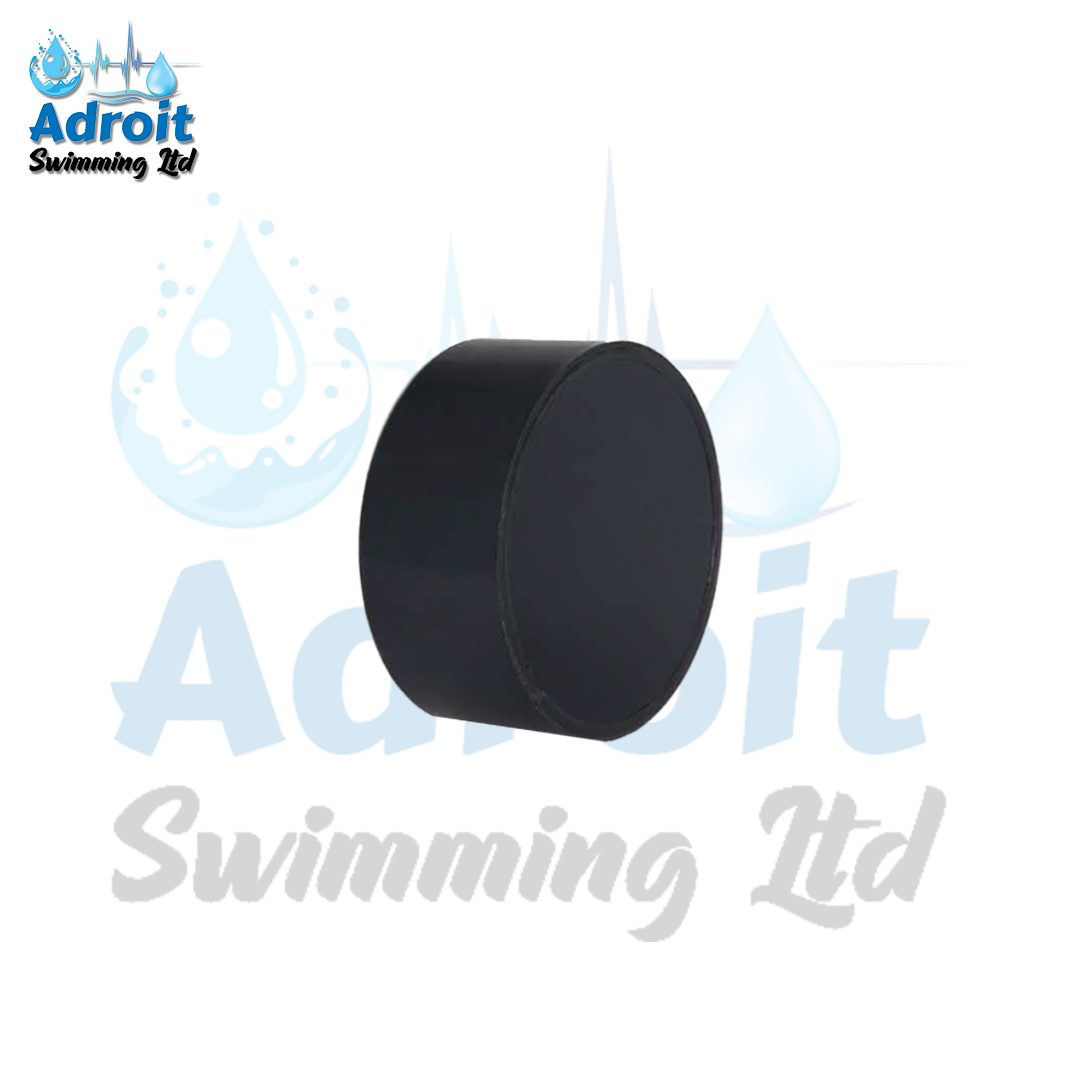

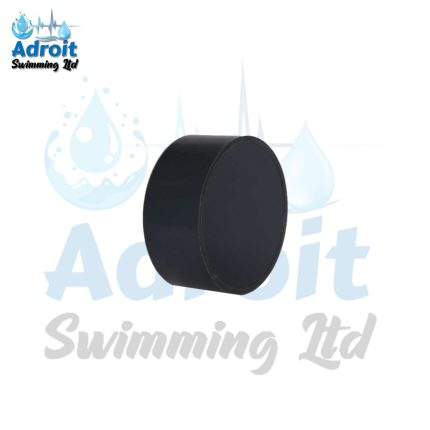
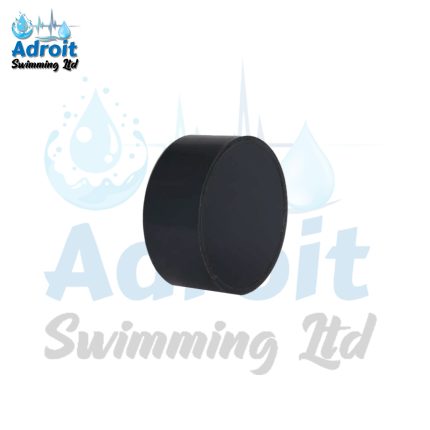
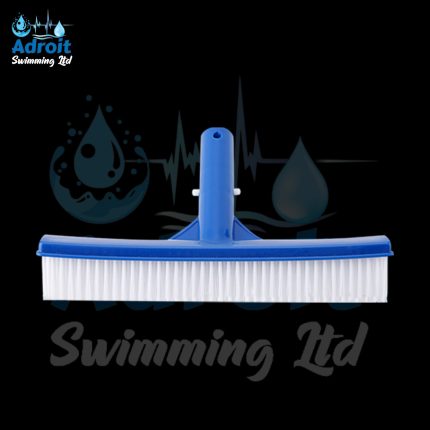
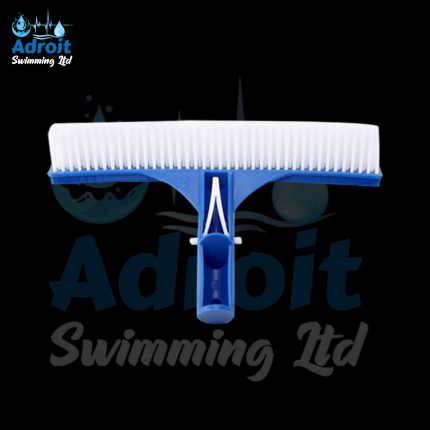
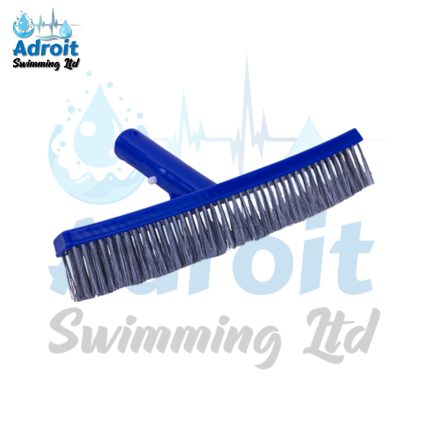

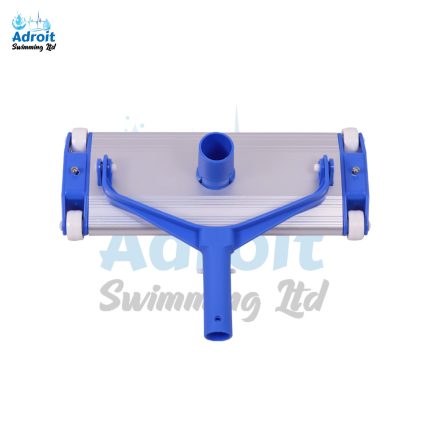
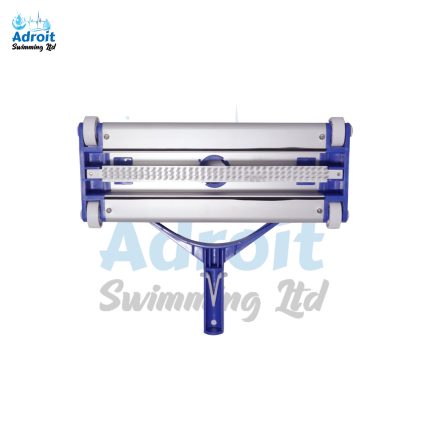

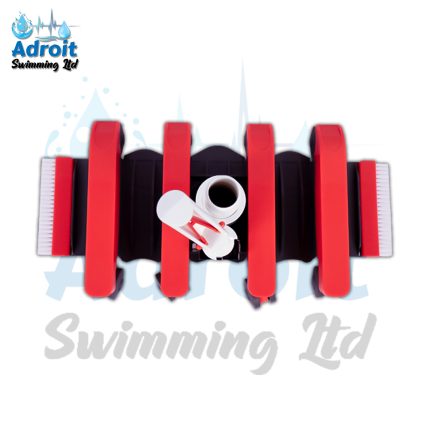
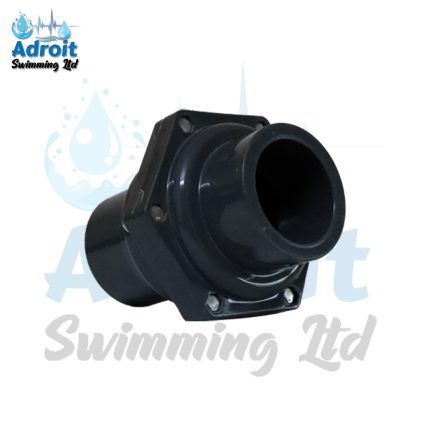


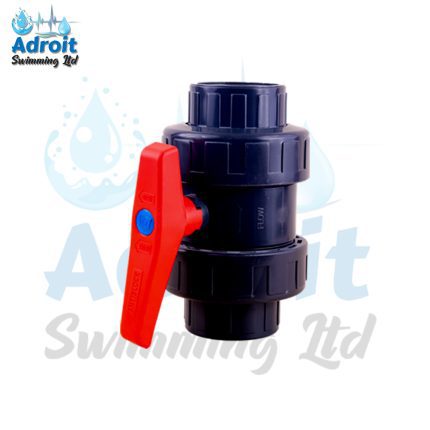


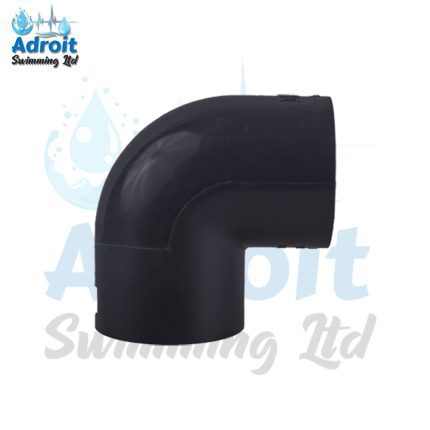







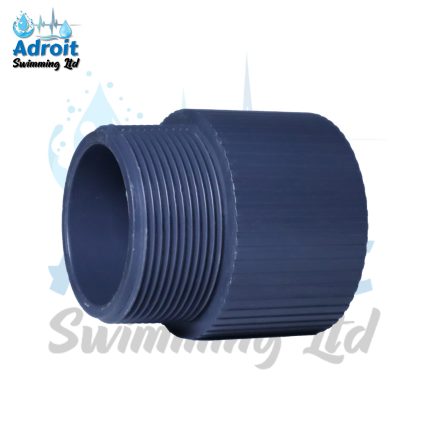
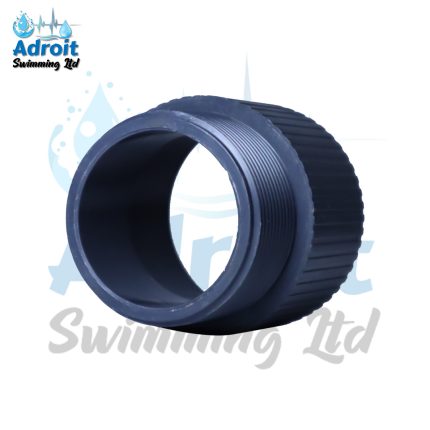
Reviews
There are no reviews yet.